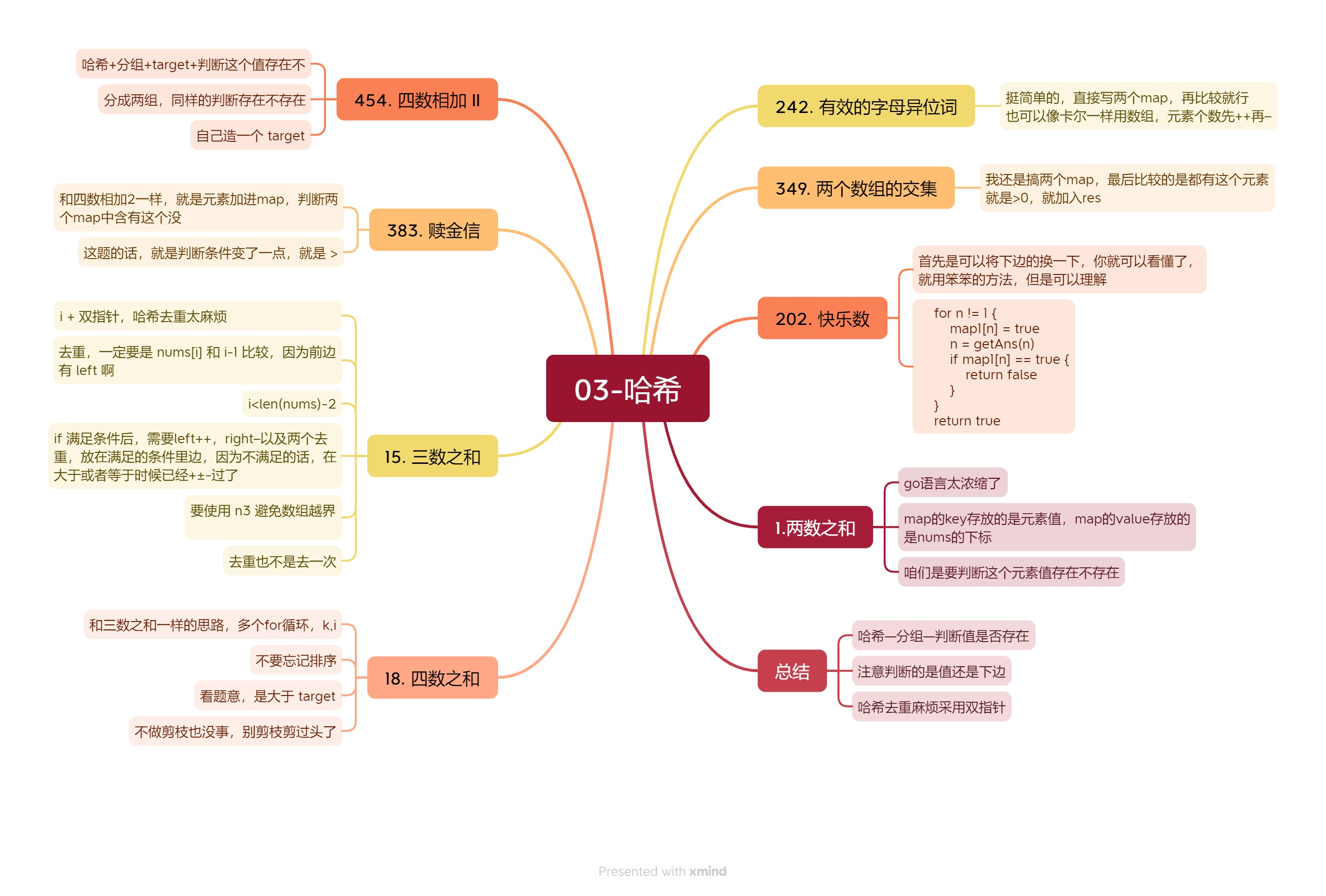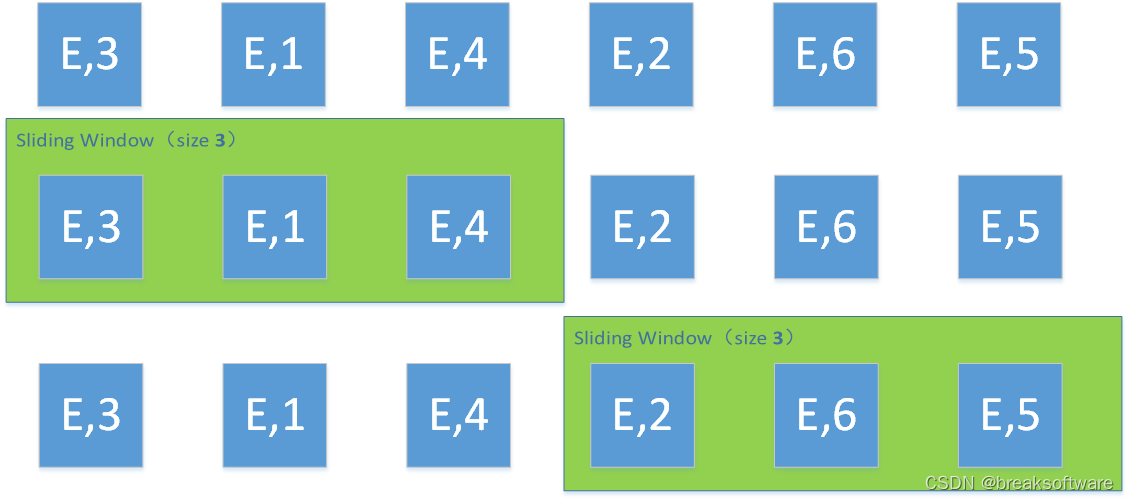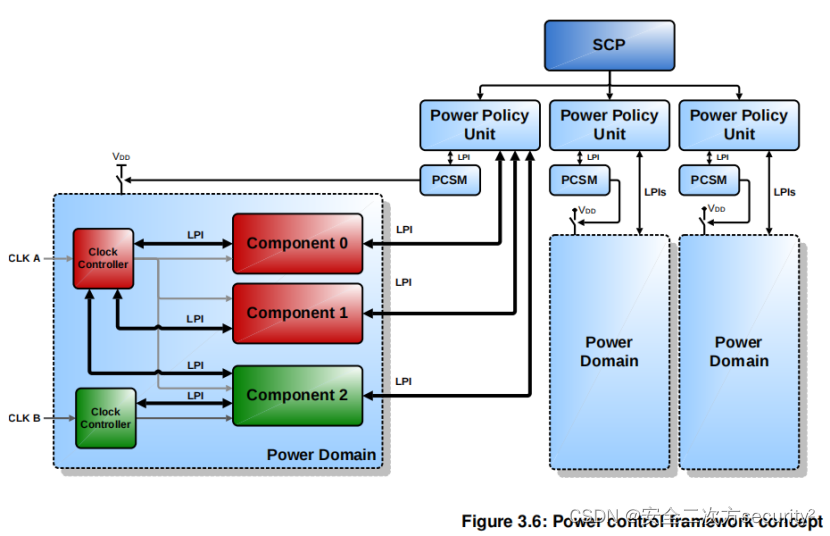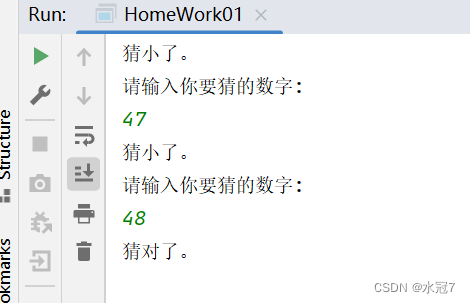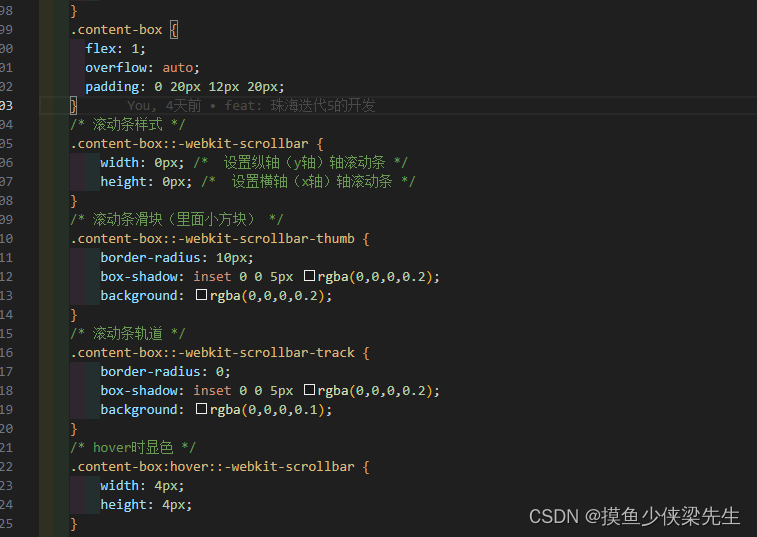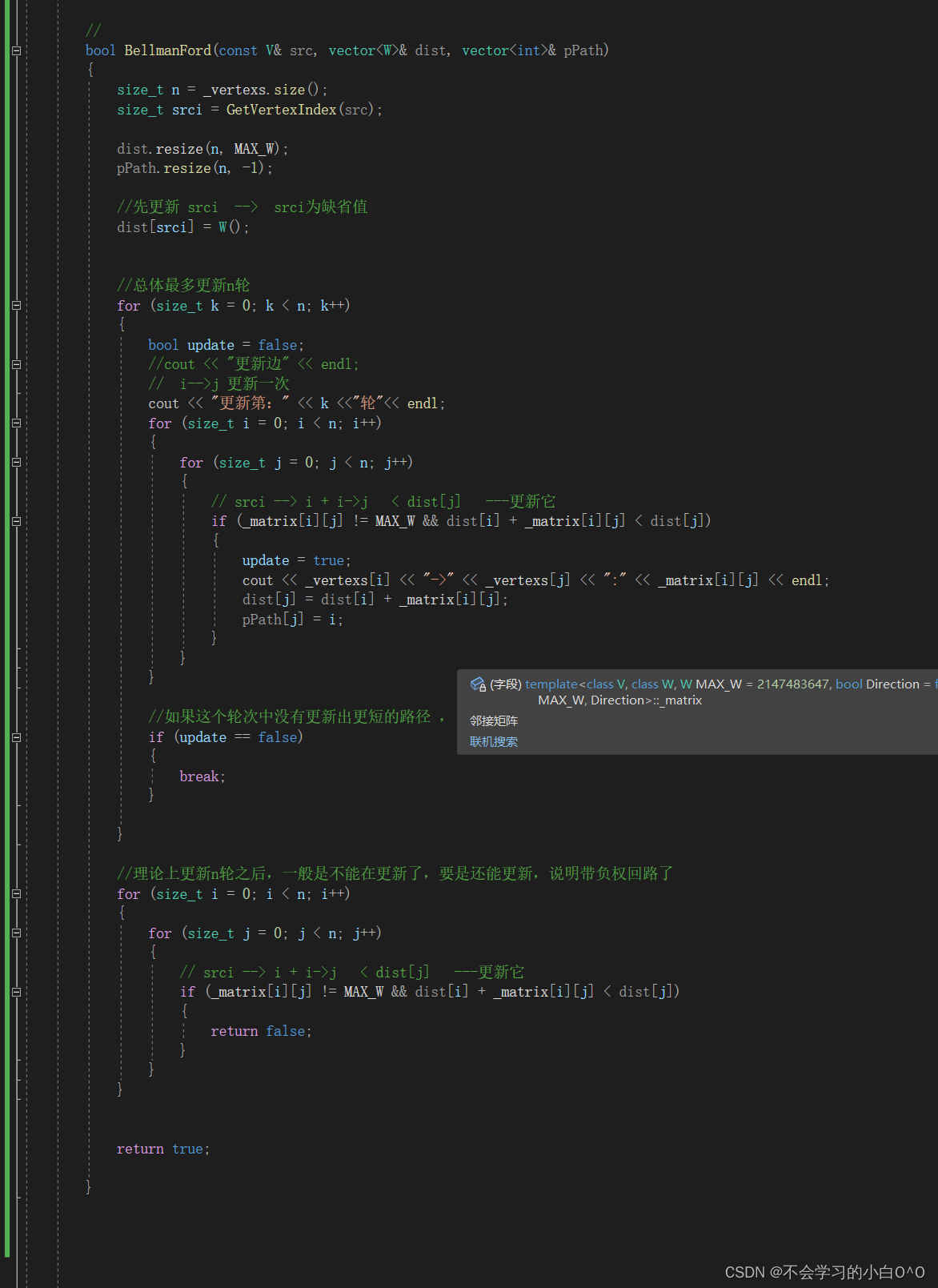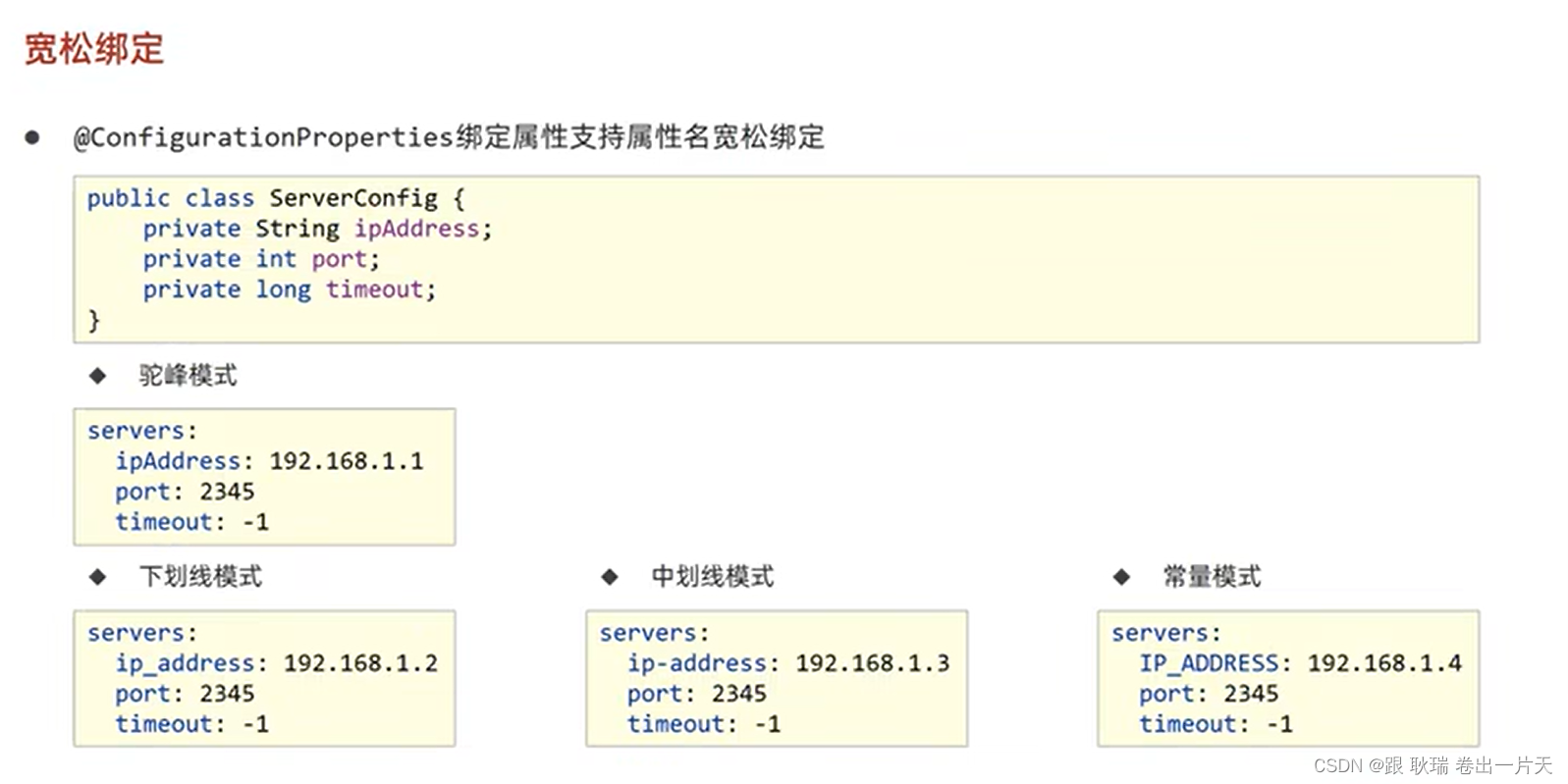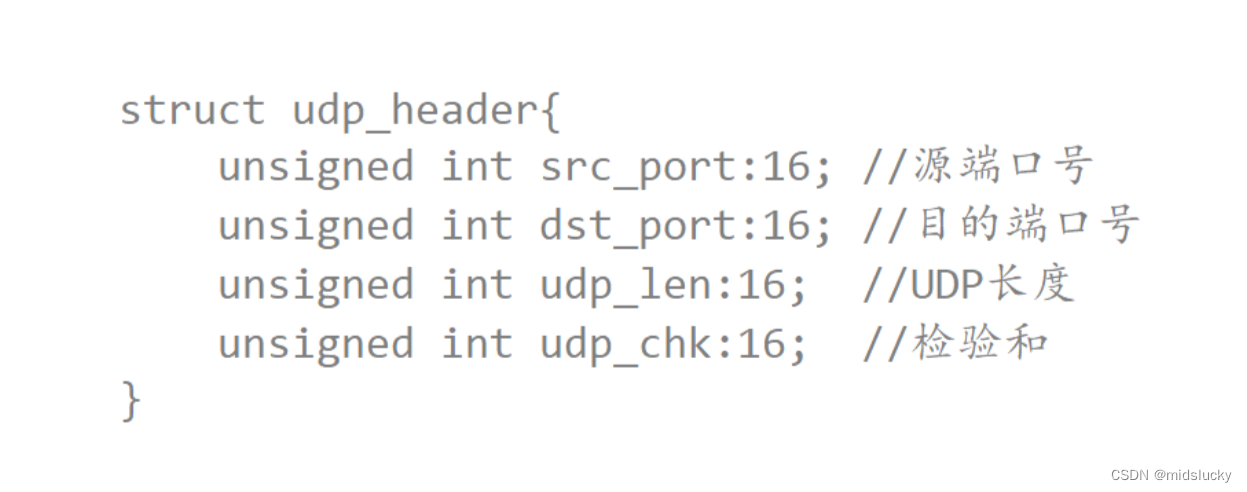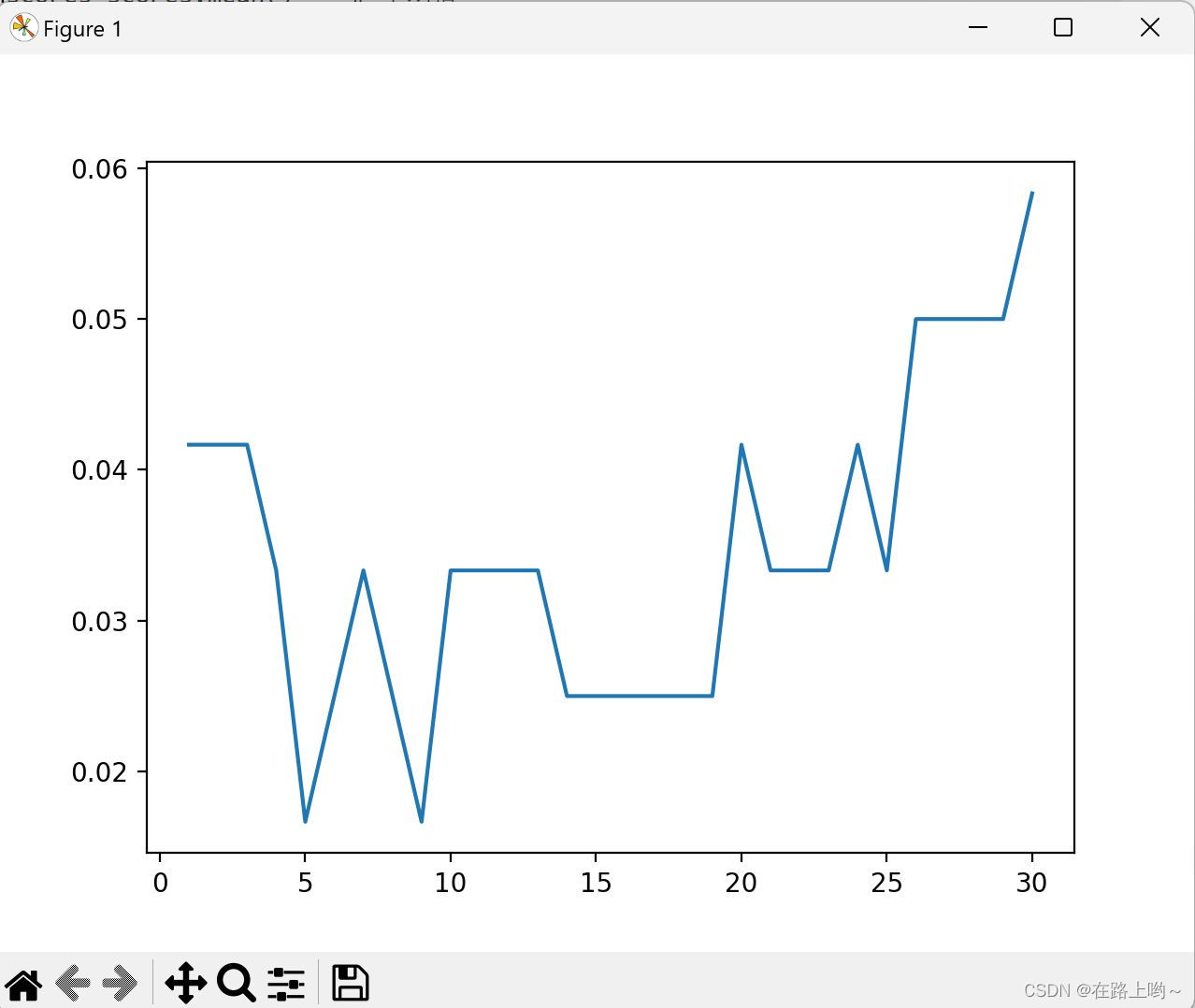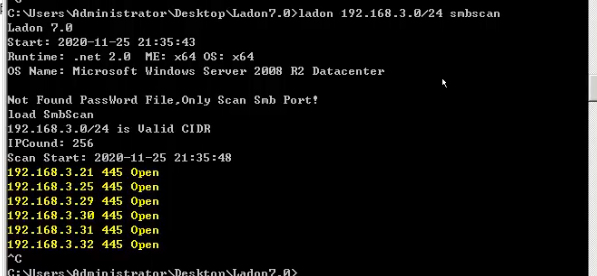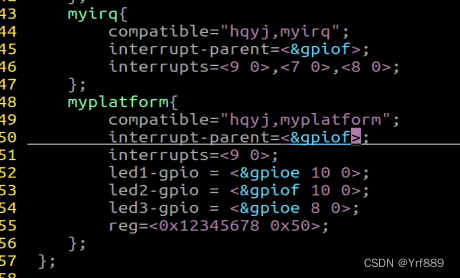每日温度
- 理解为什么用栈:一种在连续数据里的局部关系,这道题体现在temp[0]只和第一个比它大的值下标有关
- 题解1 逆波兰栈
- 改进(单调栈)
给定一个整数数组
temperatures ,表示每天的温度,返回一个数组
answer ,其中
answer[i] 是指对于第
i 天,下一个更高温度出现在几天后。如果气温在这之后都不会升高,请在该位置用
0 来代替。
示例 1:
输入: temperatures = [73,74,75,71,69,72,76,73]
输出: [1,1,4,2,1,1,0,0]
示例 2:
输入: temperatures = [30,40,50,60]
输出: [1,1,1,0]
示例 3:
输入: temperatures = [30,60,90]
输出: [1,1,0]
提示:
- 1 <=
temperatures.length<= 1 0 5 10^5 105 - 30 <=
temperatures[i]<= 100
理解为什么用栈:一种在连续数据里的局部关系,这道题体现在temp[0]只和第一个比它大的值下标有关
题解1 逆波兰栈
class Solution {
public:
vector<int> dailyTemperatures(vector<int>& temperatures) {
vector<int> ret(temperatures.size(), 0);
stack<int> num_stk;
stack<int> tem_stk;
for(int i = 0; i < temperatures.size(); i++){
if(tem_stk.empty()){
tem_stk.push(temperatures[i]);
num_stk.push(i);
}
else{
while (tem_stk.size() && temperatures[i] > tem_stk.top()){
ret[num_stk.top()] = i-num_stk.top();
tem_stk.pop();
num_stk.pop();
}
tem_stk.push(temperatures[i]);
num_stk.push(i);
}
}
return ret;
}
};

改进(单调栈)
class Solution {
public:
vector<int> dailyTemperatures(vector<int>& temperatures) {
vector<int> ret(temperatures.size(), 0);
// 放下标
stack<int> idx_stk;
for(int i = temperatures.size()-1; i >= 0; i--){
while(idx_stk.size() && temperatures[idx_stk.top()] <= temperatures[i])
idx_stk.pop();
ret[i] = idx_stk.empty() ? 0 : idx_stk.top()-i;
idx_stk.push(i);
}
return ret;
}
};

